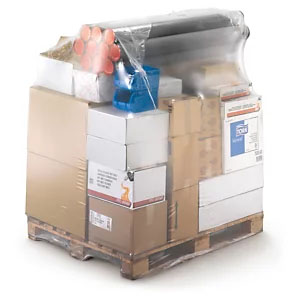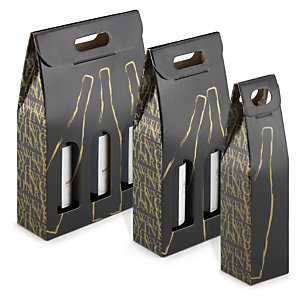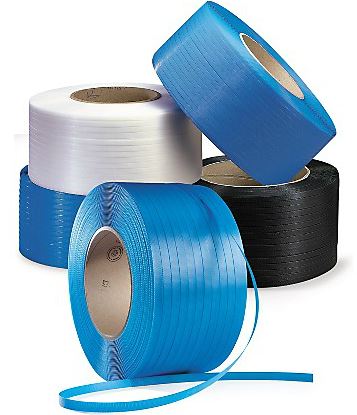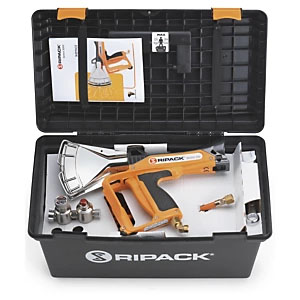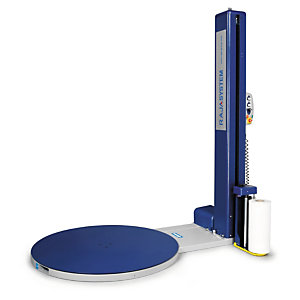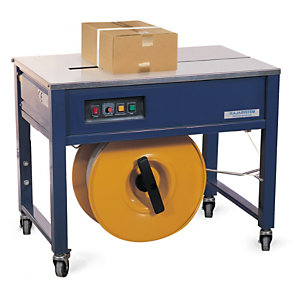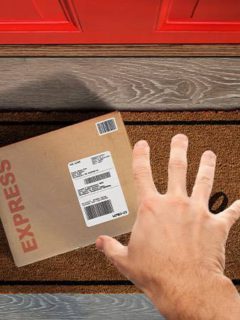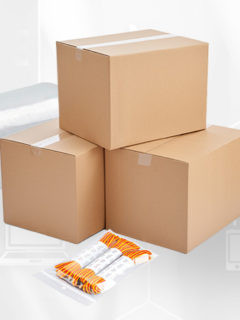At RAJA® we often talk about shipping packaging, e-commerce order picking, shop accessories or warehouse management. But what happens when we want to create additional packaging to jointly market products that already have their own individual primary packaging? In this case, we have to refer to a very specific specialisation within the world of packaging and logistics: copacking.
What is copacking?
Copacking is a product packaging technique based on the grouping of several articles, whether the same or different, by means of secondary packaging, with the aim of facilitating their display and sale together.
It is a resource widely used in the food, cosmetics or parapharmacy sectors to promote the purchase of several identical units (for example, a 2 for 1 in boxes of biscuits) or complementary units (sunscreen + after sun, a batch of facial care products, etc.). It is used both for promotional purposes and to launch premium, gourmet, gift or limited edition offers.
Copacking puts brands at an advantage over their competitors in situations such as these:
- Marketing campaigns in which the price, which is lower when buying in a pack, or exclusivity are used as core arguments.
- Specific bundles for e-commerce. The creation of standard product assortments for online sales speeds up and simplifies the subsequent order preparation process.
- Prominent shelf placement in large-scale retail. Bulky packs with an eye-catching appearance take up more space and are more eye-catching for consumers.
- Differentiated presentations for large account customers, who make bulk or bulk purchases.
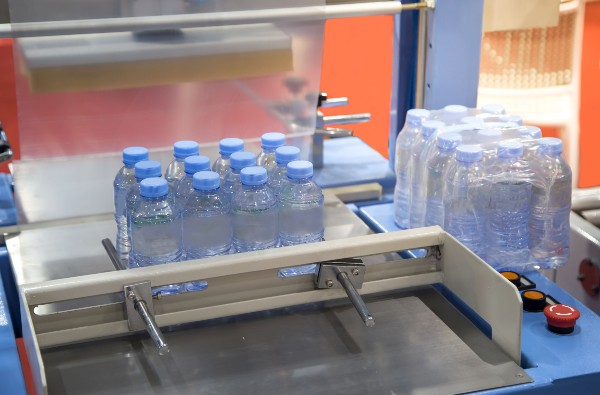
What are the most common copacking formats?
There is a wide variety of copacking formats. Among the most common we can highlight:
- Shrink-wrapping. This is carried out by wrapping the objects in shrink wrap, which is then adjusted with the help of a hot air gun or shrink wrapping machine.
- Sleeve or banding. Using film, paper or cardboard, this involves wrapping items with secondary packaging in the form of a belt. These sleeves often adopt original designs to effectively communicate the value proposition.
- Cartoning. Products are placed in a box or case, often with a premium finish or with a transparent window that allows the contents to be seen. This copacking is very common in the cosmetics sector.
- Gluing. Assembling the different components by means of a thermal glue. It is frequently seen in samples attached to brochures, leaflets, etc.
- Blister. Mixed copacking solution, made up of plastic and cardboard integrated with adhesive, usually used in kits and small accessories.
- Bagging. Gathering of items in a bag that is closed with sealers and sealers, with industrial staplers or with elastic bands and cords.
- Display stand. Stand or counter stand for prominent display in shops.
Tips for implementing copacking processes in-house
Faced with a lack of internal resources, many companies decide to outsource copacking. However, with some planning, it is not complicated to take it in-house. To do so, you will need to equip yourself with the appropriate packaging and establish new procedures.
Packaging for co-packing
Within the RAJA® catalogue you will find a wide variety of packaging references for co-packing:
1. Packaging materials for co-packing
- Shrink sleeves and shrink films
- Packaging and cases for bottles
- Gift boxes
- Plastic bags for packaging
- Industrial glues and adhesives
- Strapping
- Labels for printers and identification
2. Machines to automate copacking packaging processes
- Shrink guns
- Wrapping and wrapping machines
- Strapping machines. Read our guidelines to choose the right strapping machine, manual or automatic.
- Labelers and thermal printers
Good practices for integrating copacking within your company
1. Adapt the stock management system to the needs of co-packing
Group together in the same area of the warehouse those references destined for co-packing. This helps to reduce packaging times, facilitating picking and kitting, or kit preparation, in cases where operators also carry out the assembly of an article that arrives in pieces.
2. Define the co-packing strategy with the marketing team.
Work as a team, together with the marketing managers, to define the promotions and messages to be printed on the co-packing packaging. Study the final result and make sure that the experience of unboxing experience experience will be positive for the customer.
3. Train your staff on the specifics of co-packing.
Copacking brings some distinct challenges to traditional packing and order picking tasks. Organise training sessions and provide support to your staff so that they can master it in the shortest possible time.
Ready to give copacking a try? Start this adventure withRAJA®, your most reliable packaging supplier, with hundreds of products always in stock and delivery within 24/48 hours.











